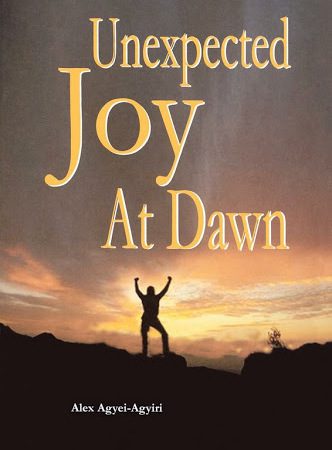Kofi Awoonor’s poetic masterpiece, “The Cathedral,” delves deep into the themes of cultural displacement and religious imposition, offering a thought-provoking exploration of their consequences on indigenous African communities.
Through vibrant imagery and potent symbolism, Awoonor uncovers the erosion of cultural identity, the obliteration of traditional religion, the clash of belief systems, the yearning for lost traditions, and the resistance against oppressive forces.
This blog post aims to illuminate these themes, shedding light on the intricate dynamics of cultural transformation and its profound impact on individuals and communities.
Cultural Displacement
Awoonor’s “The Cathedral” meticulously portrays the gradual uprooting of African religion and traditions when Christianity arrives and a cathedral is established. The poem powerfully illustrates the loss and fading away of indigenous cultural identity in the face of external influences. This theme resonates deeply, evoking a strong sentiment of longing for the traditions and practices that once defined the African way of life.
The poem portrays the tree as a symbol of African religion and tradition, radiating blessings and nurturing the community. However, the arrival of surveyors and builders represents the intrusion of foreign forces that disregard the tree’s significance and replace it with a cathedral, symbolizing the displacement and marginalization of indigenous culture.
Destruction of Traditional Religion
At the heart of the poem lies the theme of traditional religion being torn apart. The arrival of missionaries and the subsequent construction of the cathedral symbolize the displacement and condemnation of African religious practices. Awoonor aptly depicts the undermining and eradication of existing belief systems, which were once deeply ingrained in the community’s collective consciousness.
The cutting down of the tree by the surveyors metaphorically represents the arrival of missionaries aiming to supplant African beliefs with Christianity. The act of replacing the tree with the cathedral signifies the dismantling and disregard for existing African religious practices, symbolizing the erosion of an integral aspect of the community’s cultural identity.
Clash of Belief Systems
“The Cathedral” also delves into the clash between divergent belief systems. Awoonor masterfully presents the African religion, embodied by the tree with its blessings and protective qualities, in stark contrast to the imposition of Christianity and the grand cathedral. This clash vividly exemplifies the conflicts and tensions that emerge when different religions and ideologies collide, unraveling the far-reaching consequences for individuals and communities.
It highlights the struggle to maintain cultural autonomy and the complexities of navigating the coexistence of contrasting belief systems.
Loss and Nostalgia
Throughout the poem, a profound sense of loss and nostalgia permeates the verses. The tree, once a symbol of protection and blessings, is felled and replaced by the towering cathedral, symbolizing the vanishing of cherished and familiar traditions. This poignant theme emphasizes the yearning for what has been lost, underscoring the deep desire for a sense of identity and connection to one’s cultural heritage.
The tree, once a source of protection, blessings, and ancestral connection, holds immense significance to the community. The phrase “shedding incense on the infant corn” conveys the nurturing presence and spiritual importance of the tree. The replacement of the tree with the cathedral signifies the loss of familiar traditions, triggering a longing for what has been lost and a yearning to reconnect with cultural heritage.
Power and Resistance
While not overtly mentioned, “The Cathedral” subtly hints at the theme of power and resistance. External forces, embodied by the surveyors and builders, wield their control over the indigenous population by dismantling their traditions. Awoonor’s impassioned words and the use of phrases like “senseless cathedral of doom” convey a resolute resistance against this power, offering a scathing critique of the oppressive actions. This theme serves as a testament to the unwavering spirit and determination of individuals and communities to safeguard their cultural heritage.
Conclusion
In “The Cathedral,” Kofi Awoonor skillfully explores the profound themes of cultural displacement, the destruction of traditional religion, the clash of belief systems, the yearning for lost traditions, and the power of resistance.
Through vivid imagery and symbolism, the poem explores the consequences of cultural displacement, the destruction of traditional religion, the clash of belief systems, the yearning for what has been lost, and the power dynamics at play. By delving into these themes, Awoonor invites readers to reflect on the universal struggle for cultural preservation and the resilience needed to resist oppressive forces.
“The Cathedral” stands as a timeless piece of literature, reminding us of the importance of honoring and preserving our diverse cultural heritage.
Read Also:
Photograph: katsuma tanaka on Unsplash.
 WHATSAPP: Click HERE to join the new Literature PADI WhatsApp group to receive latest updates on your phone and for further literary discussions!
WHATSAPP: Click HERE to join the new Literature PADI WhatsApp group to receive latest updates on your phone and for further literary discussions!










